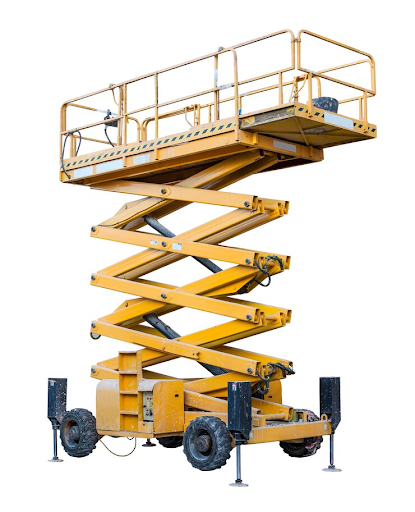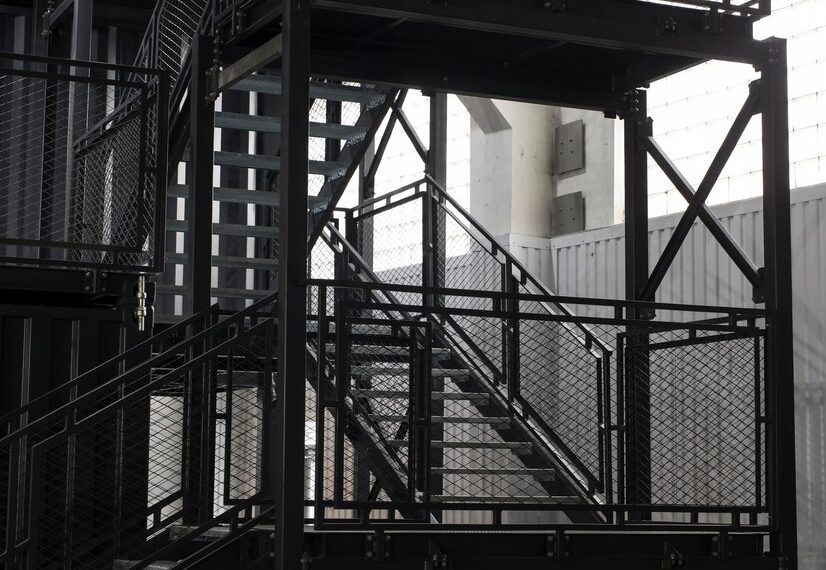Safety access platforms are crucial in the construction industry. They provide a safe way for workers to reach different heights and areas of a construction site. This blog post will explore the importance of using safe access equipment, types of safety access platforms, key features to look for, best practices, and regulatory compliance. We’ll also peek into the future of this essential construction tool.
Understanding Safety Access Platforms
Safety access platforms are temporary structures designed to provide workers with safe, stable access to elevated work areas. These platforms are essential for tasks like painting, repairing, and installing electrical systems. They help prevent falls and other accidents, ensuring workers can perform their duties safely and efficiently.
The Importance of Safe Access Equipment in Construction
In the construction industry, safety is paramount. Using proper access equipment reduces the risk of accidents, which can be costly in terms of both human life and financial liability. Stair experts at erectastep.com emphasize that safe access platforms protect workers from falls, one of the leading causes of injury and death on construction sites. By investing in high-quality safety platforms, construction companies demonstrate their commitment to worker safety and regulatory compliance.
Types of Safety Access Platforms and Their Uses
Scaffolding
Scaffolding is a common type of safety access platform used in construction. It consists of a temporary structure made of metal pipes and wooden planks. Scaffolding provides a stable and secure platform for workers to perform tasks at various heights. It is versatile and can be customized to fit the specific needs of a construction project.
Mobile Access Platforms
Mobile access platforms, also known as aerial work platforms, include scissor lifts and boom lifts. These platforms are mounted on wheels or tracks, allowing them to be easily moved around the construction site. They are ideal for tasks that require frequent repositioning, such as painting or electrical work. Mobile access platforms provide a safe and stable working surface at various heights.
Fixed Access Platforms
Fixed access platforms are permanent or semi-permanent structures installed on a construction site. They provide long-term access to elevated work areas and are often used for maintenance and repair tasks. Fixed access platforms are typically made of steel or aluminum and are designed to support heavy loads. They offer a safe and stable working environment for construction workers.
Key Features to Look for in Safety Access Platforms
When selecting a safety access platform, construction companies should consider several key features to ensure worker safety and efficiency.
Stability and Load Capacity
One of the most important features of a safety access platform is its stability and load capacity. The platform should be able to support the weight of workers, tools, and materials without wobbling or collapsing. Look for platforms made of high-quality materials and designed to withstand the rigors of a construction site.
Guardrails and Safety Gates
Guardrails and safety gates are essential for preventing falls from safety access platforms. These features provide a physical barrier that keeps workers from accidentally stepping off the platform. Ensure that the platform you choose has sturdy guardrails and safety gates that meet industry standards.
Easy Assembly and Disassembly
Efficiency is crucial on a construction site, so choose a safety access platform that is easy to assemble and disassemble. This will save time and labor costs, allowing workers to focus on their tasks rather than setting up equipment. Look for platforms with clear instructions and minimal components.
Best Practices for the Safe and Effective Use of Safety Access Platforms
Proper Training
Workers should receive proper training on how to use safety access platforms safely and effectively. This includes understanding how to assemble and disassemble the platform, as well as how to work safely at heights. Regular training sessions and refresher courses can help ensure that workers are always aware of the best practices.
Regular Inspections
Safety access platforms should be regularly inspected for signs of wear and tear, damage, or other issues that could compromise their stability and safety. Inspections should be conducted by qualified personnel and documented to ensure that any necessary repairs or replacements are carried out promptly.
Adherence to Safety Guidelines
Ensure that all workers adhere to safety guidelines when using safety access platforms. This includes wearing appropriate personal protective equipment (PPE), such as helmets and harnesses, and following safe work practices. Clear signage and safety reminders can help reinforce these guidelines on the construction site.
Regulatory Compliance and Safety Standards
OSHA Regulations
The Occupational Safety and Health Administration (OSHA) sets forth regulations and guidelines for the use of safety access platforms in the construction industry. These regulations cover aspects such as platform design, load capacity, guardrails, and worker training. Compliance with OSHA regulations is essential for ensuring worker safety and avoiding fines and penalties.
ANSI Standards
The American National Standards Institute (ANSI) also provides safety standards for safety access platforms. These standards cover topics such as platform stability, structural integrity, and safety features. Adhering to ANSI standards helps construction companies ensure that their access platforms meet industry best practices.
International Standards
For construction companies operating globally, it’s important to be aware of international safety standards for access platforms. Organizations such as the International Organization for Standardization (ISO) provide guidelines and standards for the safe use of access equipment worldwide. Compliance with international standards helps ensure worker safety and facilitate global operations.

Safety access platforms are essential tools for construction companies, providing workers with safe and efficient access to elevated work areas. By understanding the different types of platforms, key features to look for, and best practices for their use, construction companies can enhance worker safety and productivity. Regular inspections, proper training, and adherence to regulatory standards are crucial for maintaining the stability and safety of access platforms. Looking ahead, advancements in technology and materials will continue to shape the future of safety access platforms, further improving their effectiveness and reliability.







